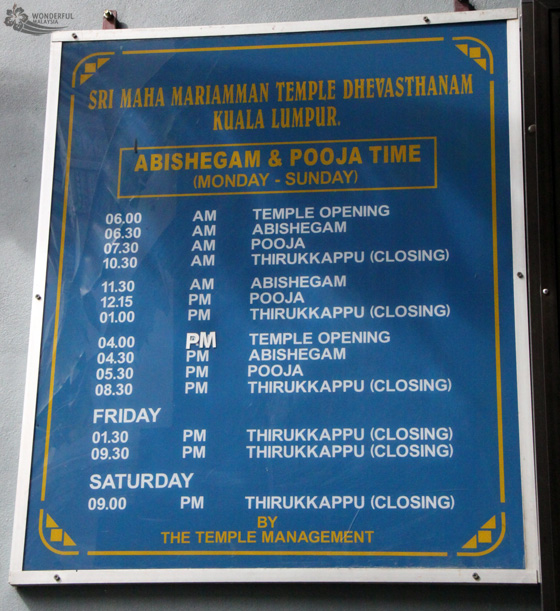

The original gopuram (grand tower entrance) was constructed in the late 1800’s but did not contain much ornamental works. It was only in 1962, one hundred and nineteen years later that a new temple structure was developed complete with intricate sculptural works reminiscent of temple architecture in India. In 1843, a building made of plaster and brick was put up for the first time. It is an interesting fact that this deity can be found in the main sanctum of the present day temple. “Sinna Amman” a small deity of Sri Mariamman was installed by Mr Naraina Pillai in 1827 when the temple was first built. The South Bridge site where the temple currently stands (in the Chinatown area) was finally granted to Mr Pillai in 1823.īy 1827 a temple structure made of wood and attap was built at South Bridge Road. Due to changes in colonial town planning, the Stamford Canal site was not made available. However, as it had no convenient source of fresh water needed for rituals, Colonel William Farquhar (appointed the first British Resident and Commandant of Singapore, from 1819-1823), allowed Mr Pillai to occupy an alternative plot near what is today’s Stamford Canal in 1821. The East India Company’s original allotment of land for a Hindu Temple was along Telok Ayer Street. Mr Pillai who set up the first brick kiln in Singapore, rapidly established himself in business and was identified as a leader of the Indian community. Mr Pillai is known to have accompanied Sir Stamford Raffles (Founder of Singapore) on his second visit to the island in 1819. The building of Sri Mariamman Temple was the inspiration of Mr Naraina Pillai, a clerk with the British East India Company in Penang. Located in the heart of Chinatown, the temple’s ornamental tower entrance or gopuram, has been a landmark to generations of Hindu worshippers and Singaporeans alike. The temple is dedicated to Goddess Mariamman, known for her power in curing epidemic illnesses and diseases. Built in 1827, Mariamman Kovil or Kling Street Temple as it was popularly known then was constructed for worship by immigrants from the Nagapatnam and Cuddalore districts of South India.

The Maha Mariamman Devasthanam Temple is noted for its impressive gopuram which towers over the buildings in the vicinity.Sri Mariamman Temple is the oldest Hindu temple in Singapore. They either worked directly there, or provided supporting trades such as opening sundry shop and food outlets. The Hindus are mostly associated with the Butterworth port. Today, there is still a substantial Hindu population living in the area, and businesses such as the Sri Ananda Bharvan Banana Leaf Restaurant is a reflection of the Hindu presence. The area within the vicinity is a Hindu settlement called Kampung Benggali. Maha Mariamman Devasthanam, a temple dedicated to the mother deity Amman, is the temple for the Hindu community that dwells along Jalan Jeti Lama. It is in fact the biggest and probably oldest Hindu temple in Butterworth. Sree Maha Mariamman Devasthanam Temple is a Hindu temple in Bagan Luar, Penang, Malaysia.


 0 kommentar(er)
0 kommentar(er)
